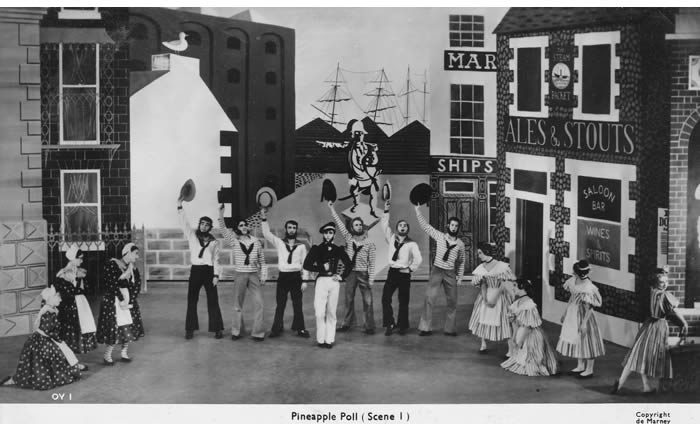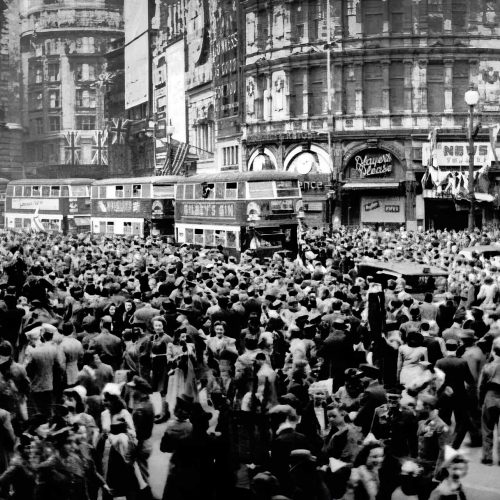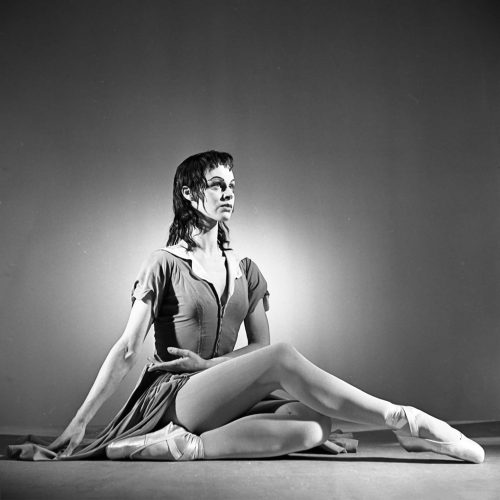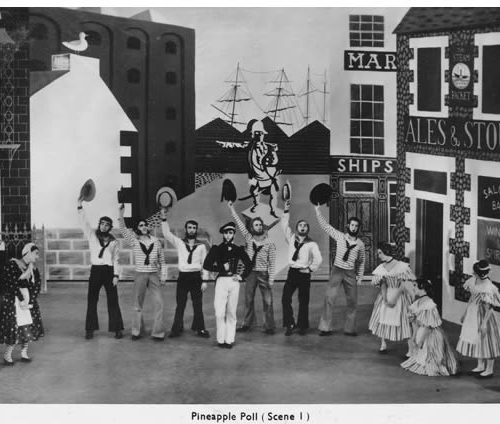Pineapple Poll is an exuberant, comic ballet in three scenes, with choreography by John Cranko, music by Sir Arthur Sullivan (arranged by Charles Mackerras), and sets and costumes designed by Osbert Lancaster. The ballet was created for Sadler’s Wells Theatre ballet in 1951. It was Mackerras – at the time assistant conductor and répétiteur for Sadler’s Wells Opera – who suggested a ballet could be made from an arrangement of music by Sullivan. He and Cranko decided on The Bumboat Woman’s Story from W.S. Gilbert’s Bab Ballads as a suitable plot to elaborate and extend.
Mackerras shaped the score and Cranko got down to creating a marvel of comic invention. The incorrigible Poll sets her sights on the handsome Captain Belaye of HMS Pinafore, a gentleman to break all hearts. Poll’s own admirer, Jasper, is rejected until the very end, when all disputes are resolved. Belaye marries his intended, the blue-blooded Blanche, though her chaperone, the dotty Mrs Dimple, remains ever present. The sailors and their sweethearts are reunited and all is forgiven. Humour and virtuosity abound. The rather ‘grey skies’ of early 1950s Britain were lit up with fun, with good roles and plenty of capers for all.
South African-born Cranko began working with Sadler’s Wells Theatre Ballet immediately after World War Two, choreographing his first ballet, Adieu, in 1947. Pineapple Poll was an out-and-out success and marked him as one of the great young hopes for British ballet. The original cast included Elaine Fifield, David Poole, Sheilah O’Reilly and David Blair.




